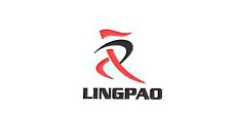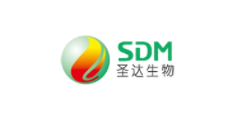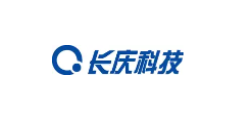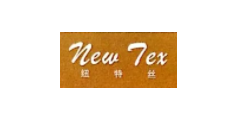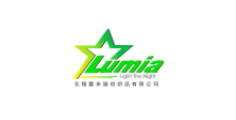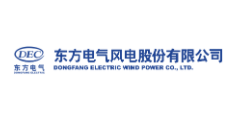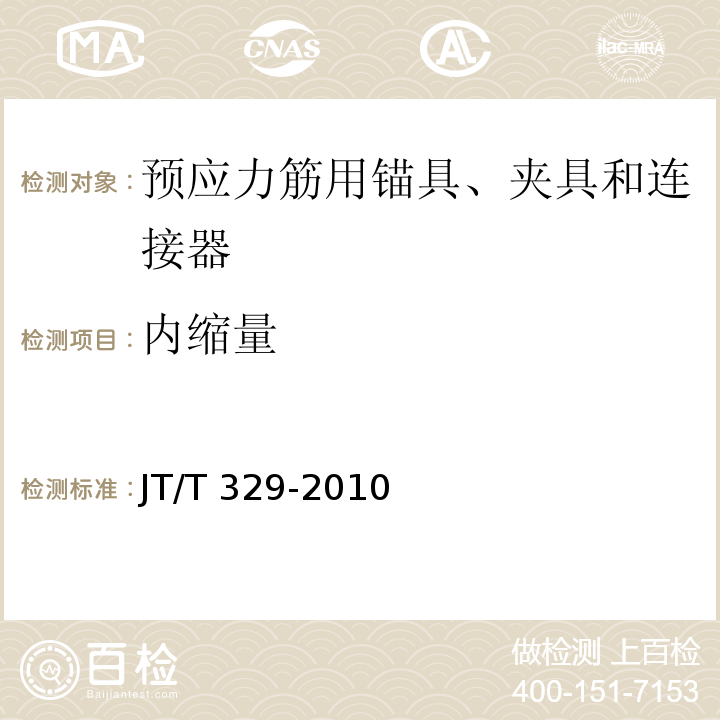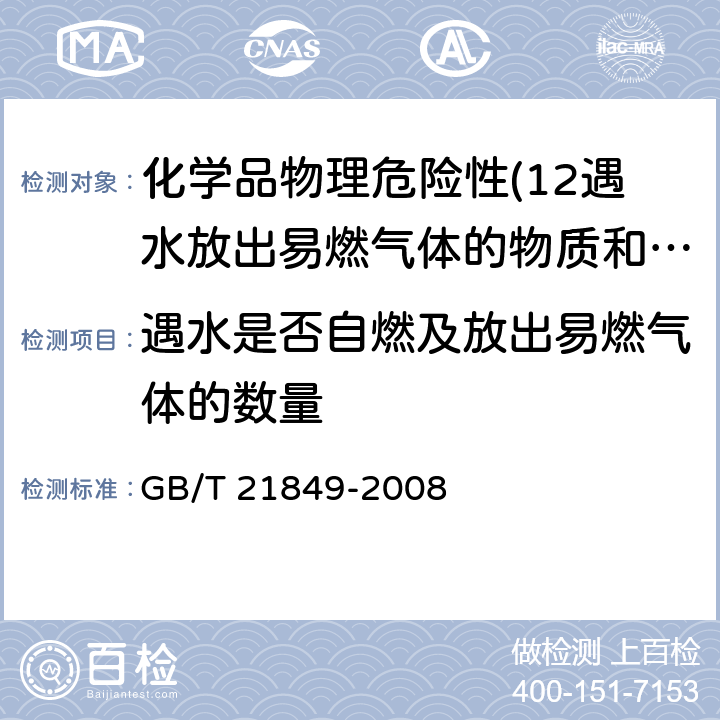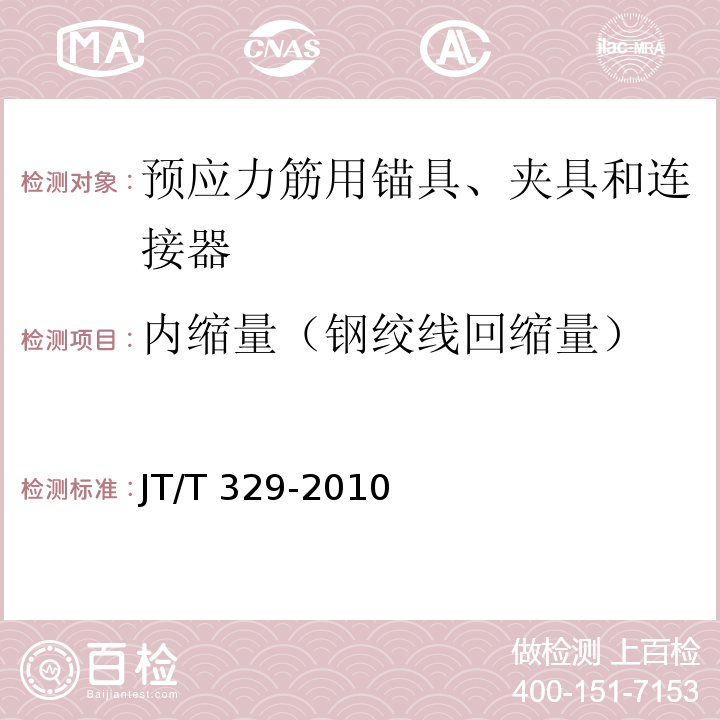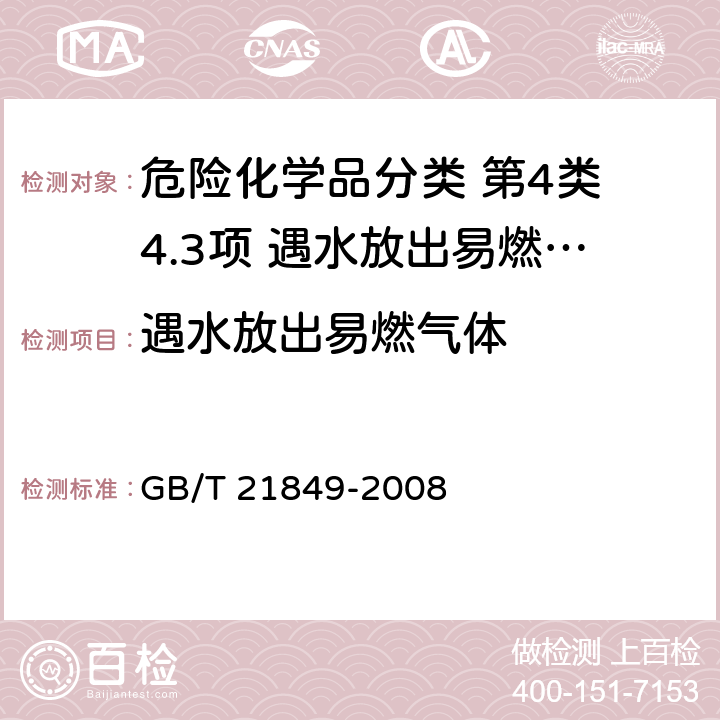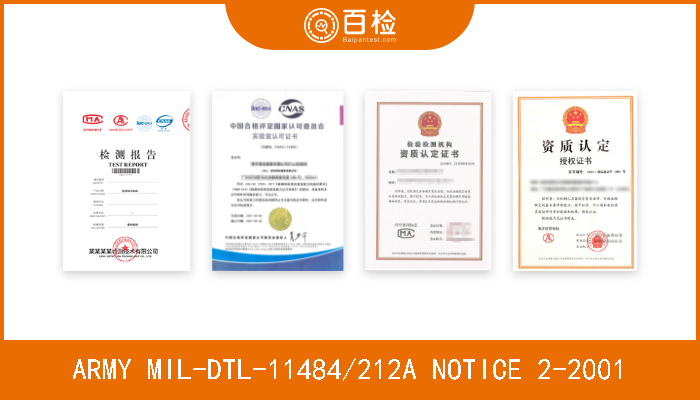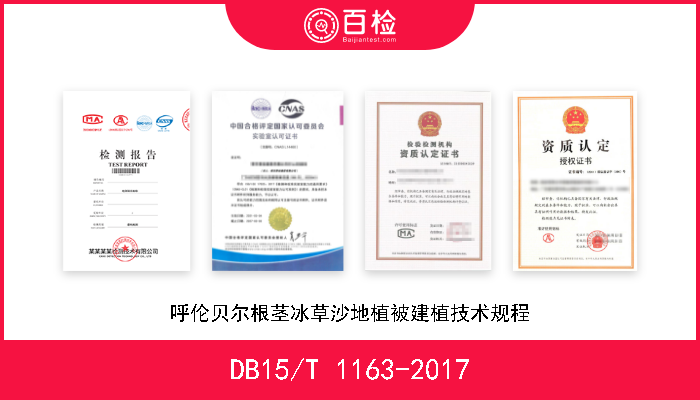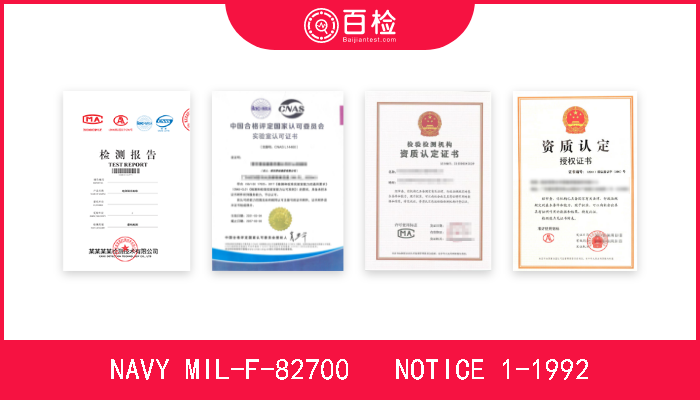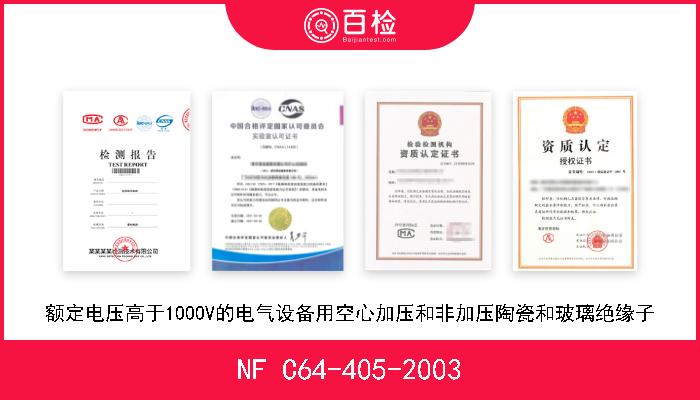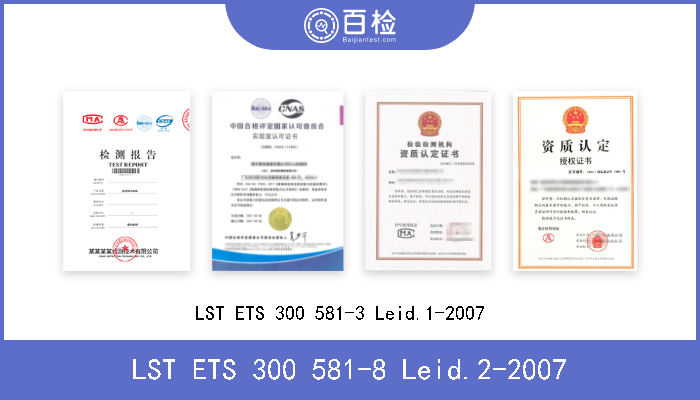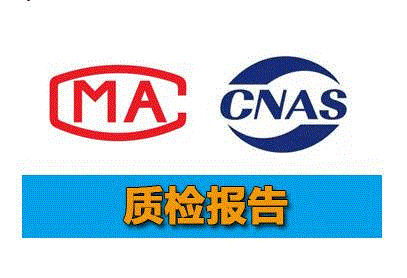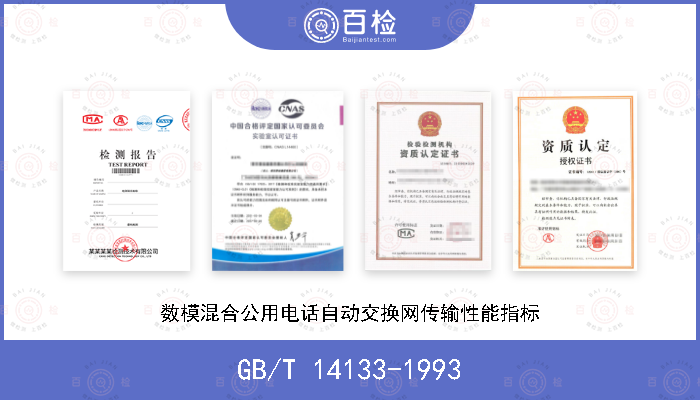ANSI/NFPA 329-2010 可燃和易燃液体及气体操作泄漏量用推荐的实施规程
百检网 2021-07-31
标准号:ANSI/NFPA 329-2010
中文标准名称:可燃和易燃液体及气体操作泄漏量用推荐的实施规程
英文标准名称:Recommended Practice for Handling Releases of Flammable and Combustible Liquids and Gases
标准类型:A80
发布日期:1999/12/31 12:00:00
实施日期:1999/12/31 12:00:00
中国标准分类号:A80
国际标准分类号:13.300
适用范围:1-1.1 This recommended practice provides appropriate methods for responding to fire and explosion hazards resulting from the release of a flammable or combustible liquid, gas, or vapor that could migrate to a subsurface structure. Although this recommended practice is intended to address only these fire and explosion hazards, other authorities should be consulted regarding the environmental and health impact and other hazardous conditions of such releases. 1-1.2 This recommended practice outlines options for detecting and investigating the source of a release, for mitigating the fire and explosion hazards resulting from the release, and for tracing the released liquid back to its source. These options are not intended to be, nor should they be considered to be, all-inclusive or mandatory in any given situation. If better or more appropriate alternative methods are available, they should be used. 1-1.3 The procedures outlined in this recommended practice can apply to hazardous substances other than flammable and combustible liquids that could have adverse human health effects. However, the physical characteristics of the hazardous substance released must be understood before taking any action. It should be recognized that other authorities, such as federal or state hazardous materials personnel, should be consulted regarding the environmental and health impact and other hazardous conditions of these substances. Guidance regarding maximum acceptable levels of these substances can be found in the Material Safety Data Sheet (MSDS); OSHA 29 CFR 1910.1000, Subpart Z; other OSHA substance-specific standards; ACGIH Threshold Limit Values (TLV) for Chemical Substances and, Physical Agents; and the NIOSH Pocket Guide to Chemical Hazards. 1-1.4* The condition created by the releases of liquids and vapors in subsurface structures can be grouped into the following two classes: (1) Flammable (2) Injurious to life The latter condition results from the toxic or suffocating properties of the gases or vapors. Some of these liquids and gases fall into both classes. While this publication deals primarily with the flammable limits associated with liquids and gases, some of which are listed in Table A-1-1.4, additional precautions could be required to protect against health hazards. An example is benzene; its dangerous breathing concentration is only a small fraction of the lower flammable limit (LFL). 1-1.5 The responsibility for proper handling of a suspected release of flammable and combustible liquids and gases, or a potential hazard from such a release, will be shared by various individuals, organizations, and regulatory agencies. The successful handling of these problems will depend on the best possible cooperation between them. This recommended practice is intended for the information of all organizations and persons involved. Owners, operators, or others becoming aware of a hazardous condition should notify the fire department, police, or other proper authority. 1-1.6 The National Fire Protection Association does not, by the publication of this recommended practice, recommend action that is not in compliance with applicable laws and regulations and should not be considered as doing so. Users of this recommended practice should consult all applicable federal, state, and local laws and regulations, especially with respect to any applicable reporting requirements.
中文标准名称:可燃和易燃液体及气体操作泄漏量用推荐的实施规程
英文标准名称:Recommended Practice for Handling Releases of Flammable and Combustible Liquids and Gases
标准类型:A80
发布日期:1999/12/31 12:00:00
实施日期:1999/12/31 12:00:00
中国标准分类号:A80
国际标准分类号:13.300
适用范围:1-1.1 This recommended practice provides appropriate methods for responding to fire and explosion hazards resulting from the release of a flammable or combustible liquid, gas, or vapor that could migrate to a subsurface structure. Although this recommended practice is intended to address only these fire and explosion hazards, other authorities should be consulted regarding the environmental and health impact and other hazardous conditions of such releases. 1-1.2 This recommended practice outlines options for detecting and investigating the source of a release, for mitigating the fire and explosion hazards resulting from the release, and for tracing the released liquid back to its source. These options are not intended to be, nor should they be considered to be, all-inclusive or mandatory in any given situation. If better or more appropriate alternative methods are available, they should be used. 1-1.3 The procedures outlined in this recommended practice can apply to hazardous substances other than flammable and combustible liquids that could have adverse human health effects. However, the physical characteristics of the hazardous substance released must be understood before taking any action. It should be recognized that other authorities, such as federal or state hazardous materials personnel, should be consulted regarding the environmental and health impact and other hazardous conditions of these substances. Guidance regarding maximum acceptable levels of these substances can be found in the Material Safety Data Sheet (MSDS); OSHA 29 CFR 1910.1000, Subpart Z; other OSHA substance-specific standards; ACGIH Threshold Limit Values (TLV) for Chemical Substances and, Physical Agents; and the NIOSH Pocket Guide to Chemical Hazards. 1-1.4* The condition created by the releases of liquids and vapors in subsurface structures can be grouped into the following two classes: (1) Flammable (2) Injurious to life The latter condition results from the toxic or suffocating properties of the gases or vapors. Some of these liquids and gases fall into both classes. While this publication deals primarily with the flammable limits associated with liquids and gases, some of which are listed in Table A-1-1.4, additional precautions could be required to protect against health hazards. An example is benzene; its dangerous breathing concentration is only a small fraction of the lower flammable limit (LFL). 1-1.5 The responsibility for proper handling of a suspected release of flammable and combustible liquids and gases, or a potential hazard from such a release, will be shared by various individuals, organizations, and regulatory agencies. The successful handling of these problems will depend on the best possible cooperation between them. This recommended practice is intended for the information of all organizations and persons involved. Owners, operators, or others becoming aware of a hazardous condition should notify the fire department, police, or other proper authority. 1-1.6 The National Fire Protection Association does not, by the publication of this recommended practice, recommend action that is not in compliance with applicable laws and regulations and should not be considered as doing so. Users of this recommended practice should consult all applicable federal, state, and local laws and regulations, especially with respect to any applicable reporting requirements.
百检能给您带来哪些改变?
1、检测行业全覆盖,满足不同的检测;
2、实验室全覆盖,就近分配本地化检测;
3、工程师一对一服务,让检测更精准;
4、免费初检,初检不收取检测费用;
5、自助下单 快递免费上门取样;
6、周期短,费用低,服务周到;
7、拥有CMA、CNAS、CAL等权威资质;
8、检测报告权威有效、中国通用;
客户案例展示
相关商品
版权与免责声明
①本网注名来源于“互联网”的所有作品,版权归原作者或者来源机构所有,如果有涉及作品内容、版权等问题,请在作品发表之日起一个月内与本网联系,联系邮箱service@baijiantest.com,否则视为默认百检网有权进行转载。
②本网注名来源于“百检网”的所有作品,版权归百检网所有,未经本网授权不得转载、摘编或利用其它方式使用。想要转载本网作品,请联系:service@baijiantest.com。已获本网授权的作品,应在授权范围内使用,并注明"来源:百检网"。违者本网将追究相关法律责任。
③本网所载作品仅代表作者独立观点,不代表百检立场,用户需作出独立判断,如有异议或投诉,请联系service@baijiantest.com
相关问答
最新资讯

